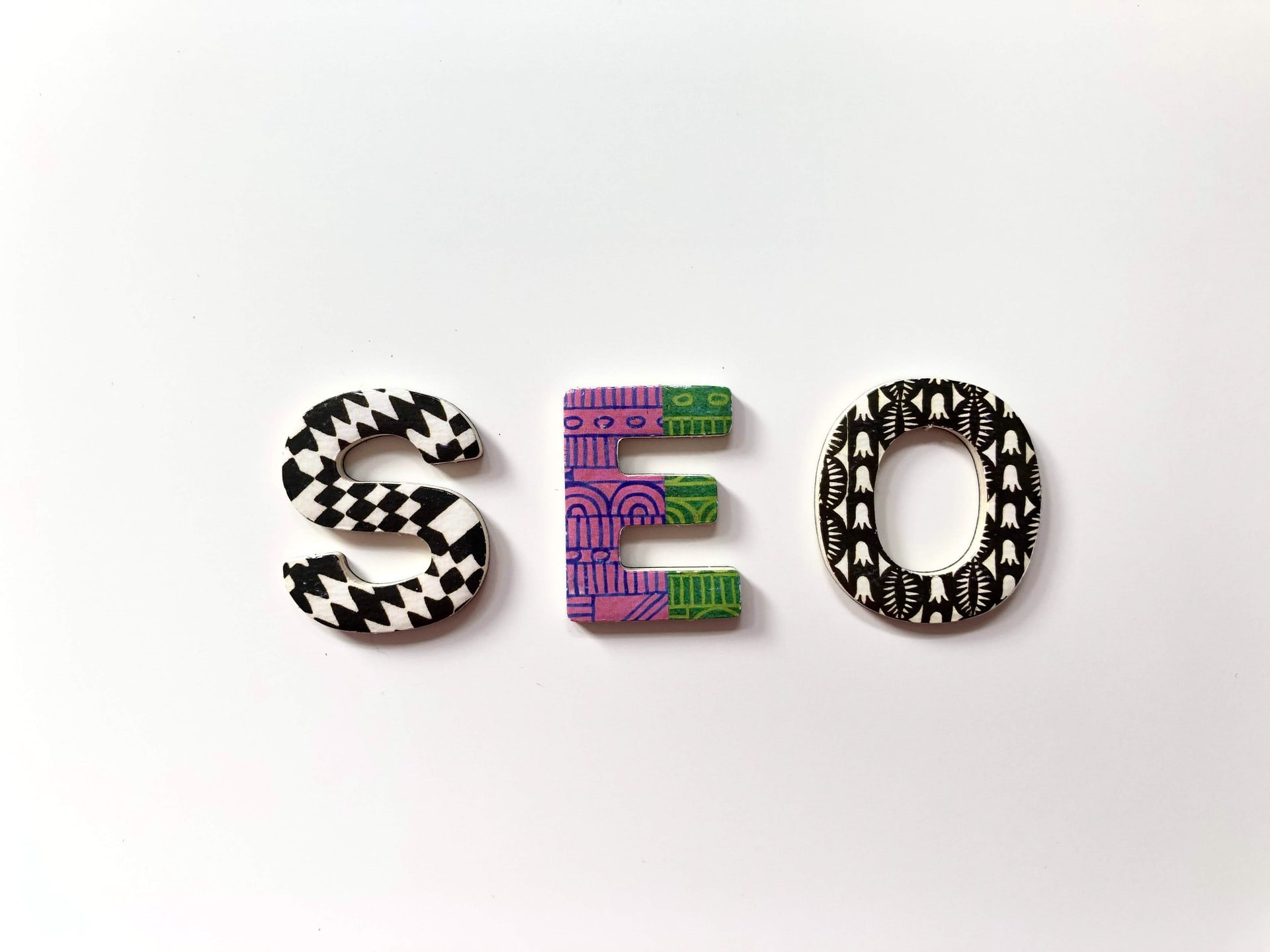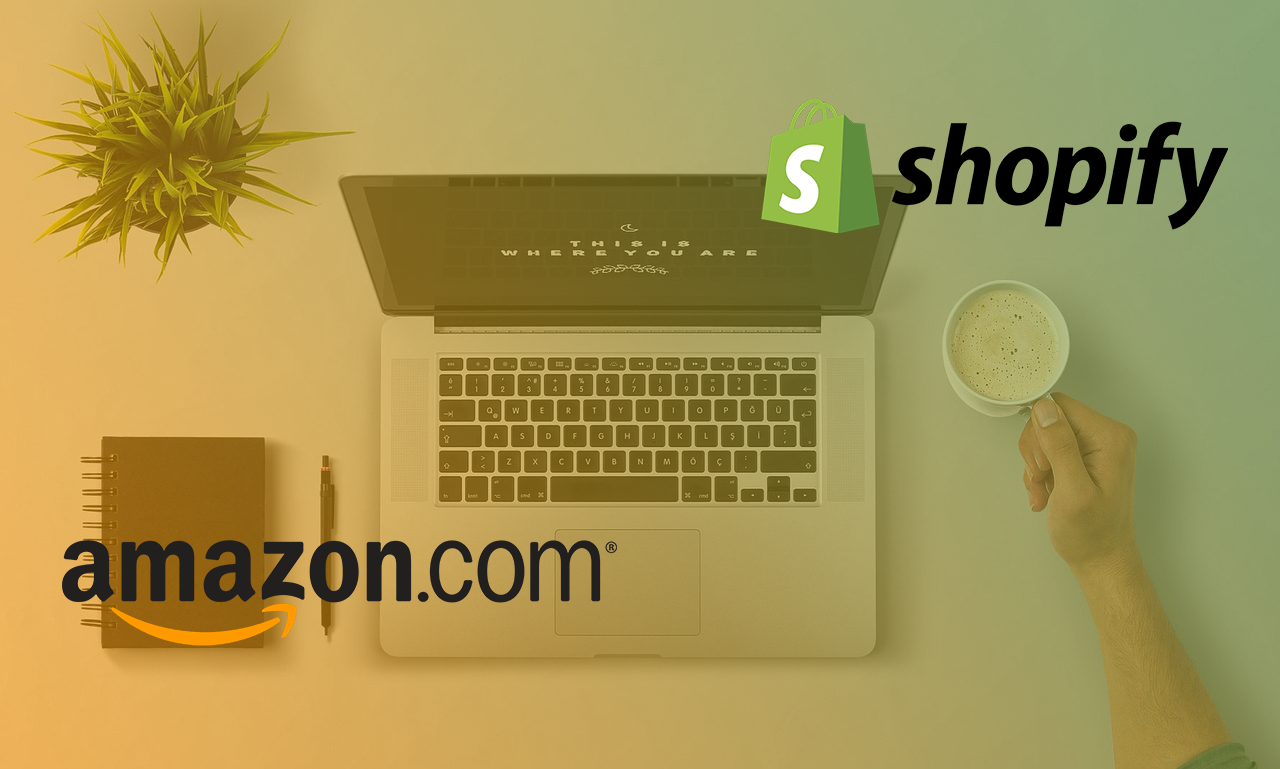How SEO Can Get Your Shopify Store to Rank in Search Engines

What is eCommerce SEO? (And Why Does It Matter?)
Search engine optimisation (SEO) is the process by which website traffic is grown by using keywords, phrases, and descriptors to make web content more relevant to users of search engines.
Why is this important? With over 40,000 Google searches every second, some of those searches are bound to be by consumers seeking what you sell, whether it be goods or services.
Better SEO lands your site on earlier pages of Google, making it more likely that customers will find your site. Improving your SEO ultimately increases traffic, and more traffic enables greater conversion. Simply put, utilising SEO can be a low-cost (if not free!) way of supplementing and enhancing your marketing and sales efforts.
Finding Notable Keywords for Your Site’s SEO
The first step towards promoting your site’s ranking on a search engine is to figure out which notable keywords tend to accompany searches for products or services like yours. While there’s no “checklist” or “SEO 101,” finding keywords is generally considered the best place to start.
Here are a few ways to find some!
Keyword Fill-In
One way to find keywords is by using the keyword fill-in features of popular sites’ search bars. Google and Amazon are two of the most frequently used. Start by heading to one or the other, and typing in a service or product you provide. See what supplementary terms pop up as commonly-associated searches, and what automatic fill-in (or, auto-fill) suggests. If these terms apply to your product, they’re great keywords to use because people tend to look for those search terms together.
Answer the Public
Answer the Public is a site that sorts gathered search history based on provided search terms and categorises it by question words, prepositions, or comparative phrases. For instance, if you searched for “women’s shoes,” it would give you lists of questions broken down by “who,” “where,” “when,” “why.” Some of these questions might look like: “Where to find women’s shoes?”; “Who sells the best women’s shoes?”; or “Why do women’s shoes cost more than men’s?” It may also list out common searches that use “without,” “versus,” and “near.” Together, these categorisations help give insight into how consumers tend to ask questions about any given topic, which gives you information on how to phrase your content as the answer or solution to their search.
SEMRush
SEMRush is a software company that sells various marketing analytic software subscriptions, including keyword research and SEO audits. Through SEMRush, it’s possible to analyse all of the words a given site ranks for – even if it’s not your own. You can also see all of the sites that compete with your platform based on similar keywords, giving you insight into their strategy and where it outranks your site’s.
Analyse Competitors
If you already know who your competitors are, it might be time to start dissecting what makes them a competitor. Hit up their website and analyse their language. What combination of words do they use? Do they tend to use a specific order of keywords? If someone is ranking above you, it may be because they’ve found the right combination of terms to use. While sites like SEMRush provide this information, smaller businesses may find it more useful to skip the subscription and find patterns themselves, which is more than possible by simply digging through competitors’ websites.
Use SEO Where It Matters: Product Pages
Your goal is to sell your products, which means the copywriting you use on product category pages and product pages is vital for the success of your brand. These types of pages are the highest in value, and, luckily for Shopify store owners, contain built-in SEO features. You should certainly take advantage of the following:
Meta Titles and Meta Descriptions
Meta titles and meta descriptions are pieces of HTML code that define the title of the page and what content will be found on it. They’re very short, and simply summarize page topics. Meta titles and descriptions are the perfect place to include multiple relevant keywords, and encourage pages to rank when customers search for similar terms.
Alt Text
Alt text is for images embedded on your site. Alt text describes what is in an image or what an image depicts, and this information is “hidden” within the code of the embedded picture. When you add alt text, you allow design pieces, aesthetic components, and graphics to count towards SEO ranking because they now “contain” keywords.
File Names
Each piece of information that a page contains ultimately adds to its relevancy and therefore its ranking, which means that what you name your embedded files matters. Use relevant, descriptive titles that incorporate keywords to make them boost your SEO presence.
Let Pages Speak for Themselves
Opt for custom URLs that use descriptive phrases and best encapsulate the page’s content. In conjunction with well-written meta titles and meta descriptions, explanatory URLs help Google assume a higher importance for your page. This can apply towards content pages, product pages, product collections, and even blog posts.
Optimise for Searchers, Not Just Search Engines
A commonly-overlooked facet of search engine optimisation is keeping the consumer in mind. While much of the content is Google-facing, it must play a dual-role as something that can grab and keep a customer’s attention as well.
Keep in mind that ranking for certain keywords or key phrases involves finding ones that are just popular enough that they are relevant, but not choosing key phrases that are overcrowded with competitors. For example, a small pizza parlor attempting to rank for “pizza” will find their efforts mostly futile when up against large, multi-million dollar chain restaurants. However, a pizza parlor that chooses to go after “homemade pizza,” “organic pizza,” “vegan pizza,” or some other phrase that specifies a more niche topic will often find more success.
You’ll see that the above example tailors itself to both Google and consumers alike. On the SEO side, it drives traffic in a way that’s more likely to offer the best page rankings. From a consumer perspective, you’re choosing language that someone with a more specific need would use. The average person searching for “pizza” might be fine with, say, Domino’s. However, a consumer who is vegan will most likely choose a smaller restaurant that offers specific menu items.
The goal is to find your niche within a bigger realm and run with it. Format Your Site for SEO Success A huge portion of SEO success has to do with formatting, and having all of the right keywords means nothing if they’re not formatted correctly. Optimal site structure can require knowledgeable experts, and Radiant knows how to ensure that your site is getting all of the traffic it deserves.
If you’re seeking the ultimate Shopify site complete with SEO keywords and formatting, Radiant is the agency to turn to. Our team of Shopify specialists has decades of combined experience, and we transform simple eCommerce websites into beautifully-designed storefronts that put conversion first. We optimise site copy for SEO, and take sales above and beyond by influencing site speed, mobile user experience, conversion rate, average order value, and lifetime value for your store. Contact us today to get started on elevating your storefront from both an SEO or design front!
Further Reading




















